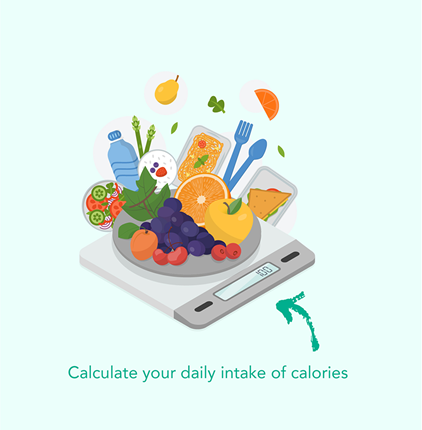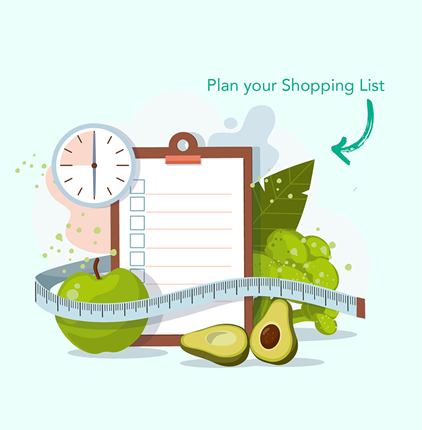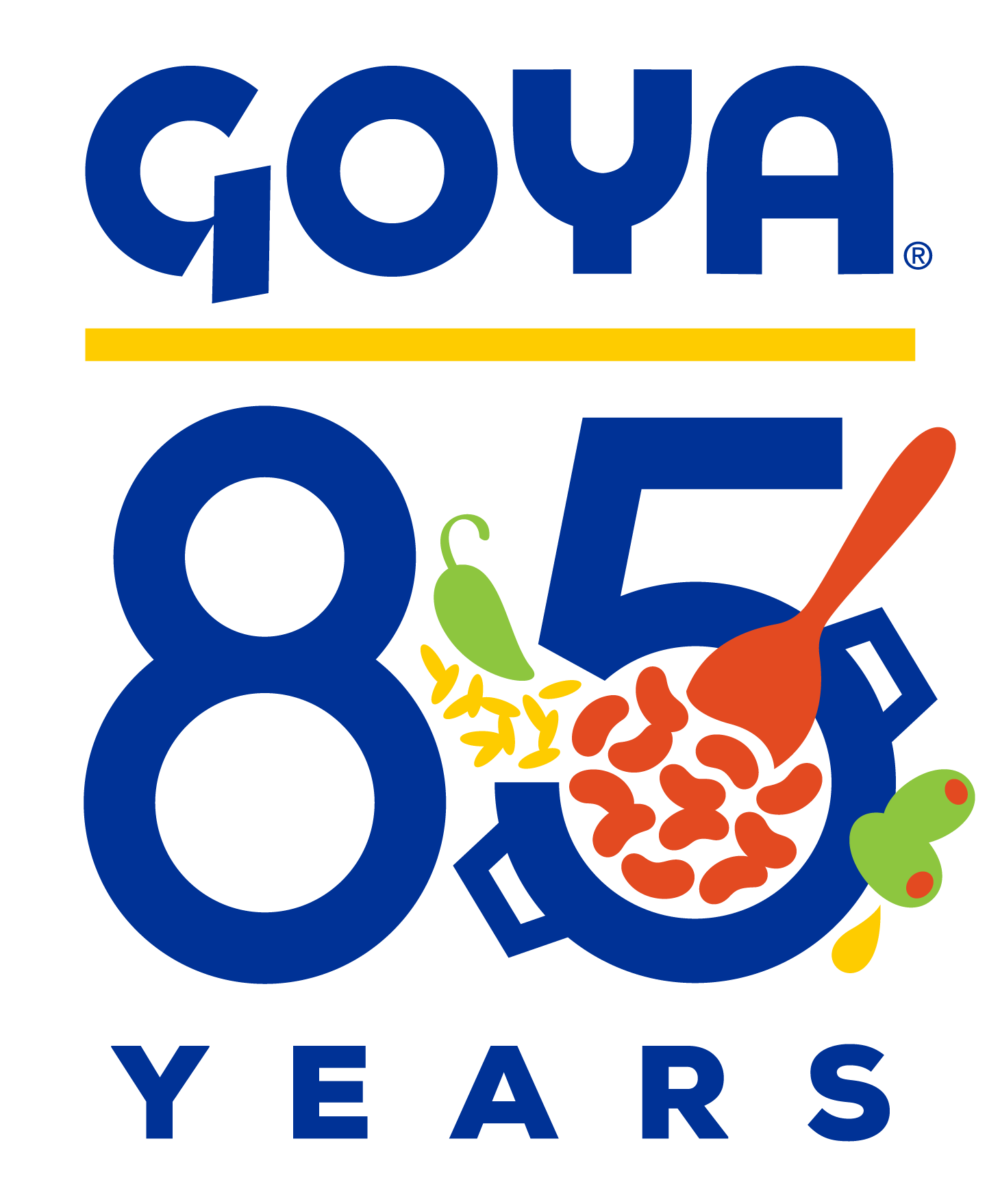Share this using:
Being active and eating nutritious foods on a daily basis is key to maintaining a healthy life. One of the best ways to really see results is to plan out your meals. Meal planning is also great for on-the-go moms and dads who want to make sure their kids are eating healthy but don’t always have time to prepare a homecooked meal during the week. It isn’t hard to do once you have a system in place, but there are a few things to keep in mind when starting out that will make the process a whole lot easier, save time and money. As part of Goya’s 85th healthier habits campaign, check out these go-to tips for meal planning from Nutrition and Fitness Coach Allison Jackson.
-
Start by knowing how many calories you should be eating and drinking to maintain your weight. Nutrition and calorie information on food labels is typically based on a 2,000 calorie per day diet. You may need fewer or more calories depending on several factors including age, gender, and level of physical activity.
-
Increase the amount and intensity of your physical activity to burn more calories.
-
Aim for at least 150 minutes of moderate physical activity or 75 minutes of vigorous physical activity (or an equal combination of both) each week.
-
Eat a variety of nutritious foods from all the food groups: fruits, vegetables, whole grains, low-fat dairy products, skinless poultry and fish, nuts and legumes.
-
Limit saturated fat, trans fat, sodium, red meat, sweets and sugar-sweetened beverages. If you choose to eat red meat, compare labels and select the leanest cuts available.
-
Eat a variety of fish at least twice a week, especially fish containing omega-3 fatty acids (for example, salmon, trout and herring).

-
Cut back on beverages and foods with added sugars.
-
Choose foods with less sodium and prepare foods with little or no salt. To lower blood pressure, aim to eat no more than 2,300 milligrams of sodium per day. Reducing daily intake to 1,500 mg is desirable because it can lower blood pressure even further. If you can’t meet these goals right now, even reducing sodium intake by 1,000 mg per day can benefit blood pressure.

-
Plan your Shopping: Come up with a basic schedule for what you’ll make. You can limit waste – and save money – by checking what might be nearing the end of its shelf life and thinking of ways to use it.
-
Avoid Processed Foods. You can still find shelf-stable items that are healthy: Think canned and frozen fruits and vegetables. Choose those canned in water without added sugar, sodium or saturated and trans fats when possible. And, rinse them before using.
-
Have healthy snacks on hand. One of the best things to do is to keep healthy foods available and out in the open.
-
Eating a healthy diet rich in fruit and vegetables is directly linked to a longer, healthier life.
-
The American Heart Association recommends no more than 9 teaspoons of added sugar a day for men, and no more than 6 teaspoons of added sugar a day for women. People living in the U.S. consume an average of 10 teaspoons of added sugar just from sugary drinks every day.
-
Just 2.5 cups of fruits and vegetables daily could reduce the risk of heart attach and stroke.
-
Divide the snacks. When you get home from the store, portion out your snack foods into individual serving sizes in snack containers or baggies. This will save you time in the future, help you avoid overeating, and may be cheaper than buying individually packaged snacks.
-
While many folks still plan their days around “three square meals,” it turns out the number of meals you eat may not be so important. How you eat those meals is what matters most when it comes to decreasing the risk of heart disease and other health problems that come along with being overweight.
-
Eating less sodium can reduce your risk for high blood pressure and bloating and stave off other effects of too much salt.
-
Move More, Sit Less. Get up and move throughout the day. Any activity is better than none. Even light-intensity activity can offset the serious health risks of being sedentary.
-
Physical activity is linked with better sleep, memory, balance and cognitive ability. And less risk of weight gain, chronic disease, dementia and depression.
-
The best thing you can drink is water. Try it plain, sparkling or naturally flavored with fruit or herbs.
- Allison Jackson
- Nutrition and Fitness Coach

